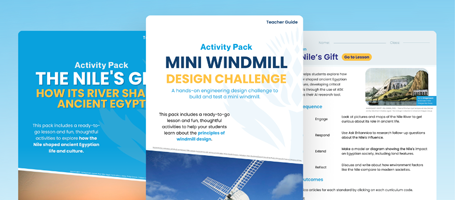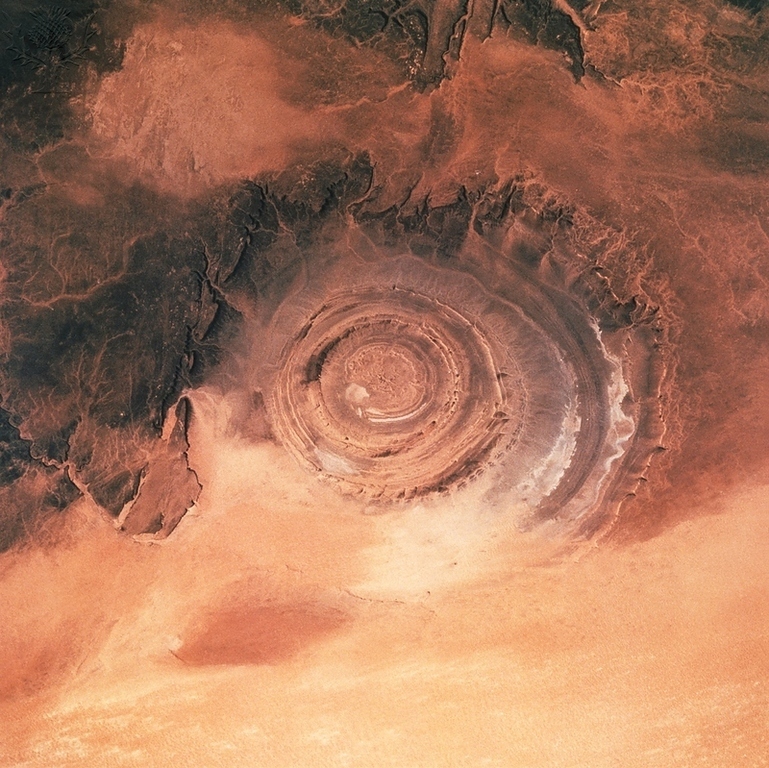Landforms are the natural features on the surface of Earth. The study of landforms is a part of the sciences of geography and geology.
Geographical content provides opportunities to develop students’ understanding of place, space, environment and interconnection. The following activities and resources are designed for younger learners at the primary/elementary level.
Use this Britannica School (Australia) Primary Level Resource Pack ↗ to help students learn about the formation of different types of landforms. It contains articles and multimedia.
Teacher Tip:
Schools in New Zealand and Asia can also access this resource pack at:
Britannica School (New Zealand) Primary level resource pack ↗
Britannica School (Asia) Elementary level resource pack ↗
Activity
- In the resource pack, read the Britannica School article on landforms and view the different images and videos depicting types of landforms. Create a definition for each type of landform using the Types of Landforms worksheet.
- Examine the images of landforms found in the pack. Classify each image into a type of landform category using the Landforms Classification worksheet.
- Erosion and Tectonic Plate Movement are two processes that create landforms. Create a chart illustrating and explaining each process. Use the Landform Creation worksheet.
Featured Image from Britannica ImageQuest: A view of the Richat Structure, as seen by the crew of Shuttle Mission STS-58 of 18 October to 1 November 1993. Originally thought to be a meteorite crater, the Richat Structure is an eroded circular anticline (structural dome) of layered sedimentary rocks found in the Sahara Desert, Mauritania. NASA/SCIENCE PHOTO LIBRARY. Britannica ImageQuest, Encyclopaedia Britannica, 26th March 2018.
These activities and resources have been created using content from Britannica School, the go-to site for safe, comprehensive student research. Contact your librarian to find out if your institution already has access. Find out more about Britannica School or set up your own free trial.
More Educator Resources
Sign up with your email for more free resources from Britannica.

